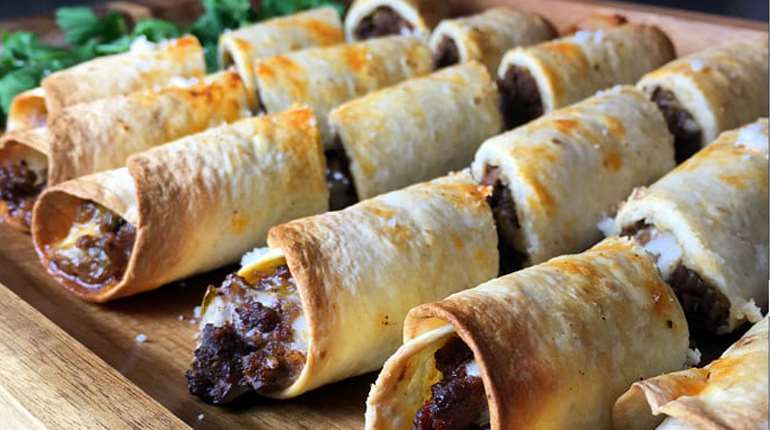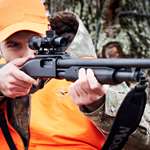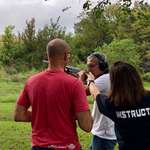"Every action has an equal and opposite reaction" is the concept behind the science of ballistics and recoil, but that's just where it starts. In the world of shooting, it's not just about the size of the projectile; it's also about how much powder is behind the projectile, the type of action your gun uses to shoot and, yes, your grip. In this video from Smith & Wesson's GUNSMARTS series of educational films for new shooters, pro shooter (and world speed-shooting champion) Jerry Miculek walks you through some of the most popular calibers in use today.
As we mentioned, the size and weight of the projectile are a big part of this equation. The smaller the projectile, in general, the less recoil you'll feel. However, that does come with some caveats. In the case of revolvers chambered for .38 Spl./.357 Mag., for example, the caliber that looks larger (the .38) will actually be softer-shooting because .357 Magnum has three times the powder charge behind it.
There's also a difference between the way revolvers transmit felt recoil versus the way that semi-automatic guns do. Revolvers transmit more felt recoil to the user than semi-autos, even chambered in the same caliber, because semi-auto actions absorb much of the rearward force before it gets to your body. Then there's the weight of the gun; lighter guns transmit more perceived recoil.
Whatever caliber you're shooting, attention to safety and the proper grip is your key to success!















































